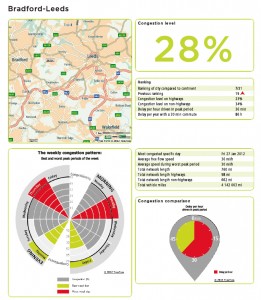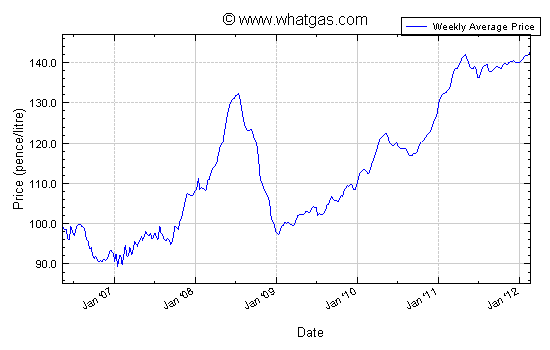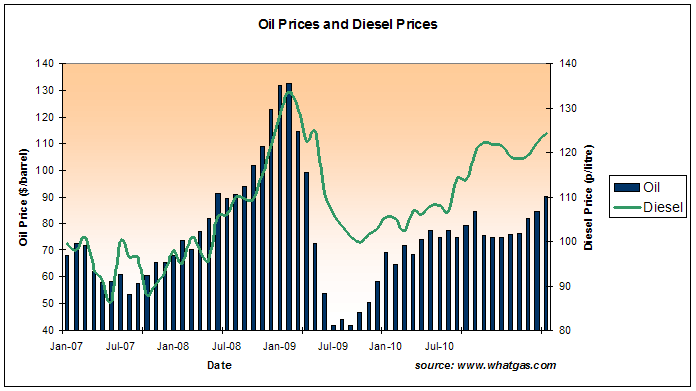
The new Isuzu D-Max has been awarded a 4-star Euro NCAP safety rating
The new Ford Ranger has a five-star Euro NCAP rating — the best possible.
The latest Isuzu D-Max and the Volkswagen Amarok pick-up both have four-star ratings.
Yet it wasn’t always like this. Just a few years ago, the story was quite different.
One-Star Safety
If I told you that some quite recent pick-up models did very badly in Euro NCAP safety tests, you might be surprised. I know I was.
You’d be even more surprised if you read what Euro NCAP says about collisions on its website:
In real life, when two cars collide the vehicle with the higher mass has an advantage over the lighter one. Generally speaking, vehicles with higher structures tend to fare better in accidents than those with lower structures.
Source: Euro NCAP, Comparable Cars
Since pick-ups are generally the heaviest, largest and highest cars on the road, surely they ought to be amongst the safest?
Apparently not. In Euro NCAP’s pre-2009 tests (which have since been made tougher), several popular pick-up models scored just one star in some categories.
The 2008 Mitsubishi L200 and Isuzu D-Max/Rodeo scored just one star in the pedestrian safety category. The Nissan Navara scored one star in the adult occupant category while the 2008 Ford Ranger and Isuzu models could only manage two stars.
It wasn’t pretty. Although it’s easy to understand how pick-ups might score badly on pedestrian safety, it’s hard to understand why they were so dangerous to their own occupants. Thankfully things are now improving, with new models scoring highly for both occupant safety and pedestrian safety.
It just goes to show that being rough and tough doesn’t necessarily make a vehicle safe in a crash.





 Hot on the heels of the Libor interest-rate fixing scandal comes the suggestion (in a report commissioned by the
Hot on the heels of the Libor interest-rate fixing scandal comes the suggestion (in a report commissioned by the 

